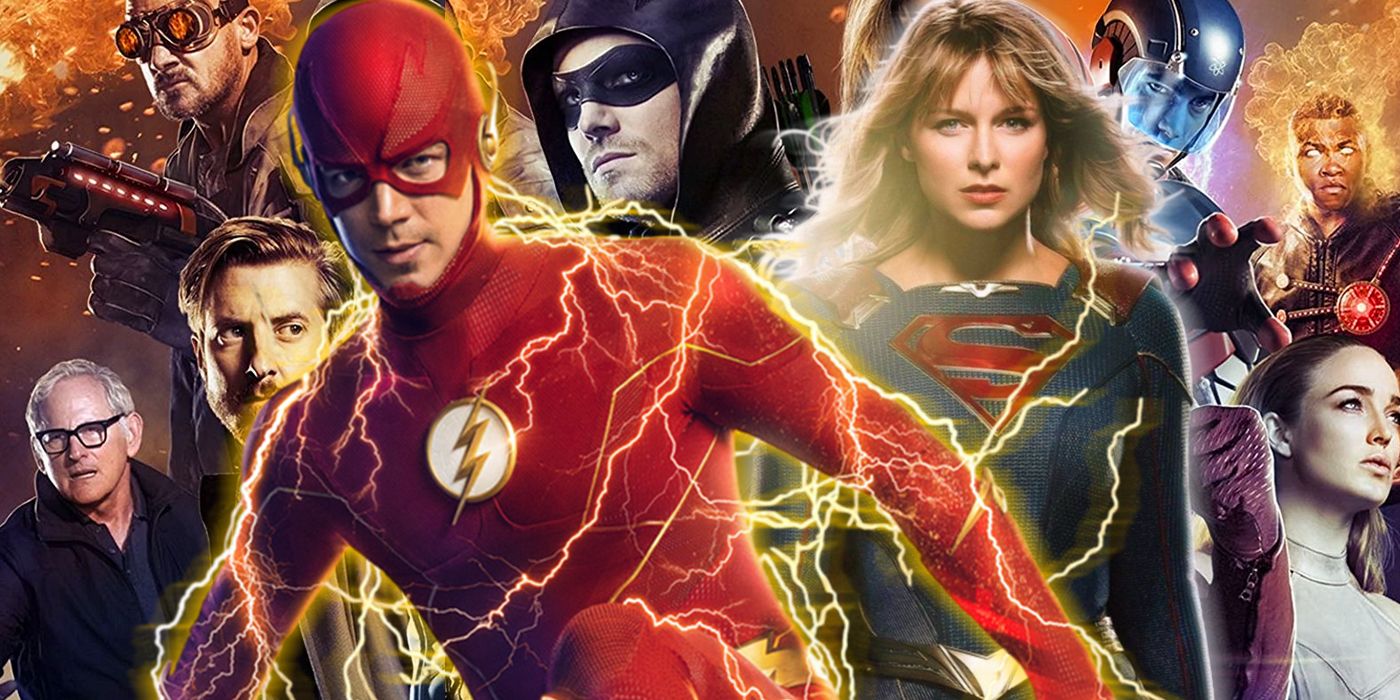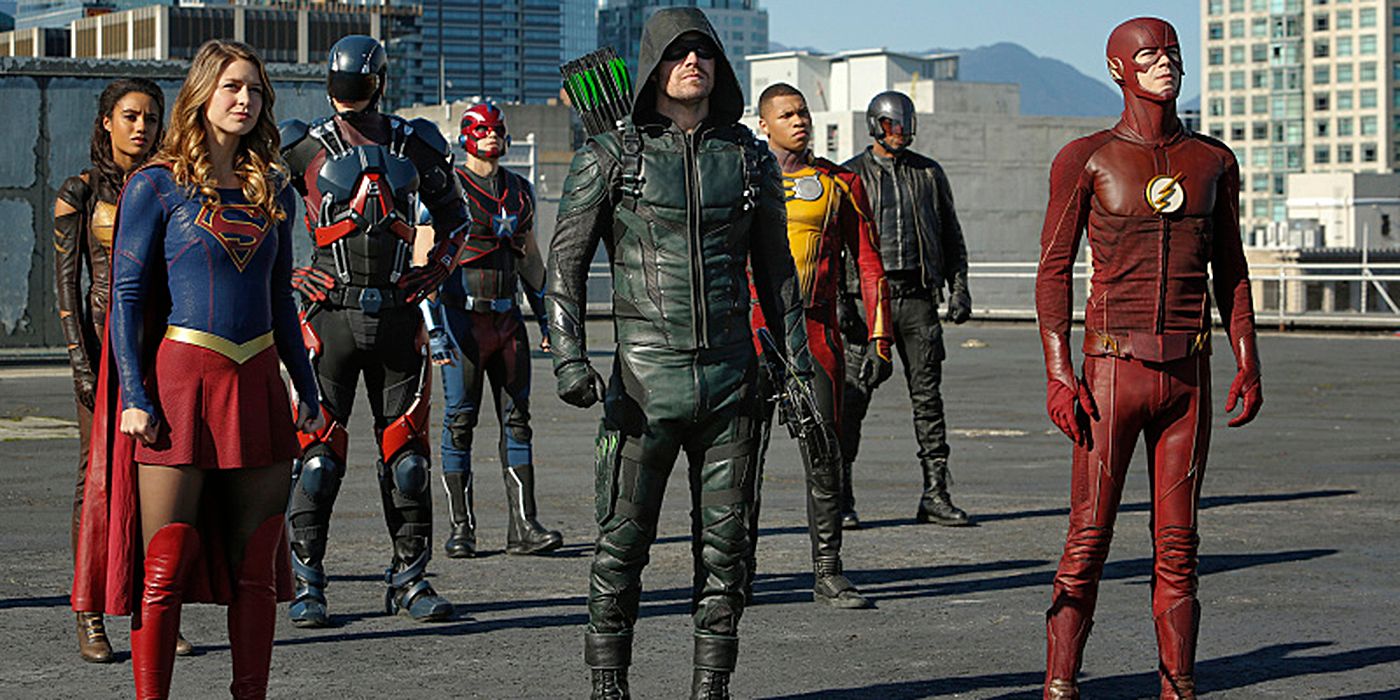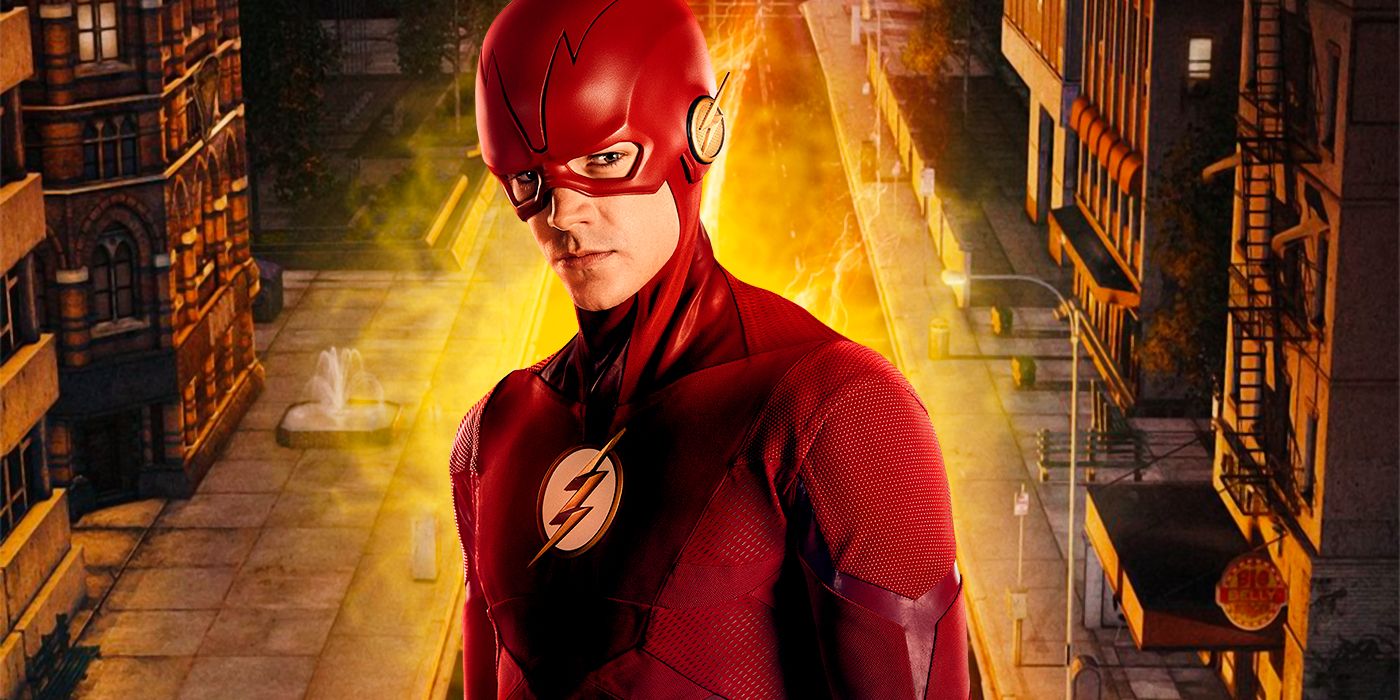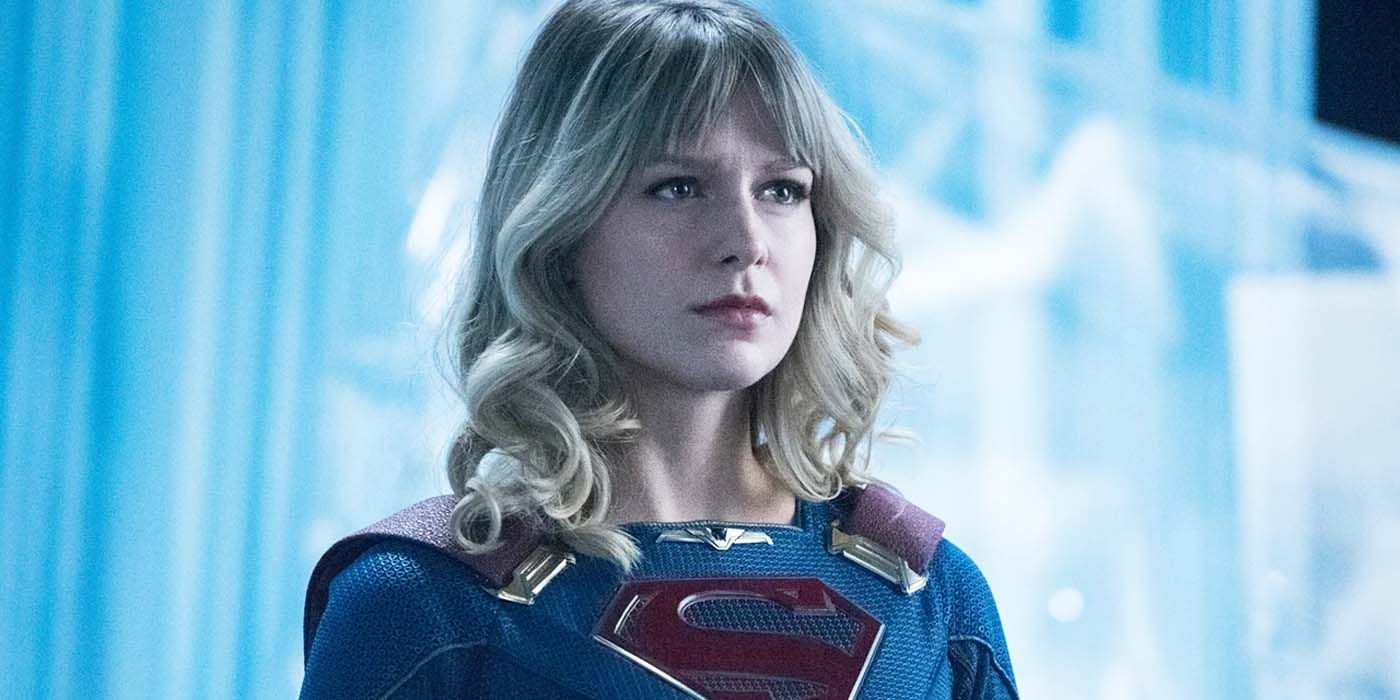Over the last 14 years, the shared universe -- once largely the province of comic books -- has become a staple of live-action genre storytelling. The most prominent and profitable example of this is the Marvel Cinematic Universe. However, the strengths and limitations of the shared universe are clearest not in the MCU, but in the soon-to-be defunct Arrowverse.
When it began in 2012, Arrow was a grounded exploration of Green Arrow and his origins. Then in Season 2, the writers introduced a nerdy crime scene investigator named Barry Allen and the concept of metahumans, which started The Flash's long run and a growing universe’s worth of other heroes and series. The Arrowverse was certainly lower budget than the MCU, but it gave DC fans the opportunity to check in on their favorite characters’ world multiple times a week. Rather than getting to know just Star(ling) City, they got to spend time in Central City, Gotham City, National City, Freeland and even the Temporal Zone. While most of these places looked more or less like Vancouver, they each had enough of their own flavor to make the world feel big and varied.
This size particularly lent itself to increasingly large crossovers, each featuring more characters and higher stakes than the last. The heroes of the Arrowverse faced off against immortal conquerors, alien invaders, Nazi doppelgängers, rewritten reality and the potential end of everything... and their shared existence enabled them to do it all together. Even with its comparatively tiny budget, “Crisis On Infinite Earths” was, in many ways, just as thrilling as any Avengers movie.
However, as exciting as the annual events were, what really made the Arrowverse feel connected were the smaller, low-stakes crossovers. Every once in a while, Barry would pop over to Star City to lend a quick hand or John Diggle would go with ARGUS as they helped capture a supervillain in Central City. These visits didn’t have world-ending implications; they simply served to remind viewers of the shared universe and create the feeling that almost anyone could show up at any time. In this sense, the Arrowverse captured much of the same joy that comes with reading comics.
Unfortunately, no live-action adaptation can compete with comic books’ greatest asset: longevity. Characters on the page don’t grow older or get tired and want to try other things. They stick around as long as people want them. The same isn’t true for actors. Starring in a multi-season hour-long superhero show is a lot of hard work: learning lines, blocking scenes, long shooting days, staying in superhero shape. Even the most enthusiastic performers reach a point at which it all becomes too much and they have to move on. But once they do, how does the shared universe continue?
For Stephen Amell’s Oliver Queen, moving on meant death. It was a heroic death, but death nonetheless. Such a definitive exit certainly provided ample in-universe reason as to why he wouldn’t be around anymore, but not every departing hero could take the same route without making the Arrowverse a much bleaker, more depressing place. Black Lightning mostly retired, but not so much so that he couldn’t still help out the Flash in the “Armageddon” storyline. Supergirl revealed her identity to the world and kept on working as a superhero. She just always happened to be off-planet when Team Flash might have needed her assistance.
This was convenient -- but also an example of how tenuous a shared universe can be. Supergirl is a nigh-indestructible Kryptonian who is always ready to help save the day. Melissa Benoist is a human being who has a life and other ambitions. When Supergirl ended, the writers either had to remove her from the board or saddle the Arrowverse’s other series with the responsibility of coming up with excuses for her absence. They chose the latter, which was correct for the character but tricky for the universe.
Compounding this issue is the cancellation of newer series featuring actors who aren’t ready to move on yet. For a shared universe to thrive, new superheroes need to be ready to step into the void others leave behind. Supergirl always being off in space is less of an issue if someone else can pick up the slack. If The CW had chosen to spare DC’s Legends of Tomorrow and Batwoman, The Flash wouldn’t be the last show standing and the Arrowverse’s outlook would be much brighter. In the grand scheme of things, two cancellations is nothing. For the Arrowverse, it may have been the difference between life and death.
For all of the excitement that came with a shared universe of superheroes on TV, it was never going to last forever. Tastes, people and corporate entities change. The Arrowverse was a worthwhile and mostly successful experiment that lasted longer than anyone could have hoped. It wasn’t perfect. Its quality could vary from show to show and season to season, and the circumstances of its end may have been inevitable, but at its best, it made the most of what a shared universe can be. May it serve as an example for whatever comes next.




